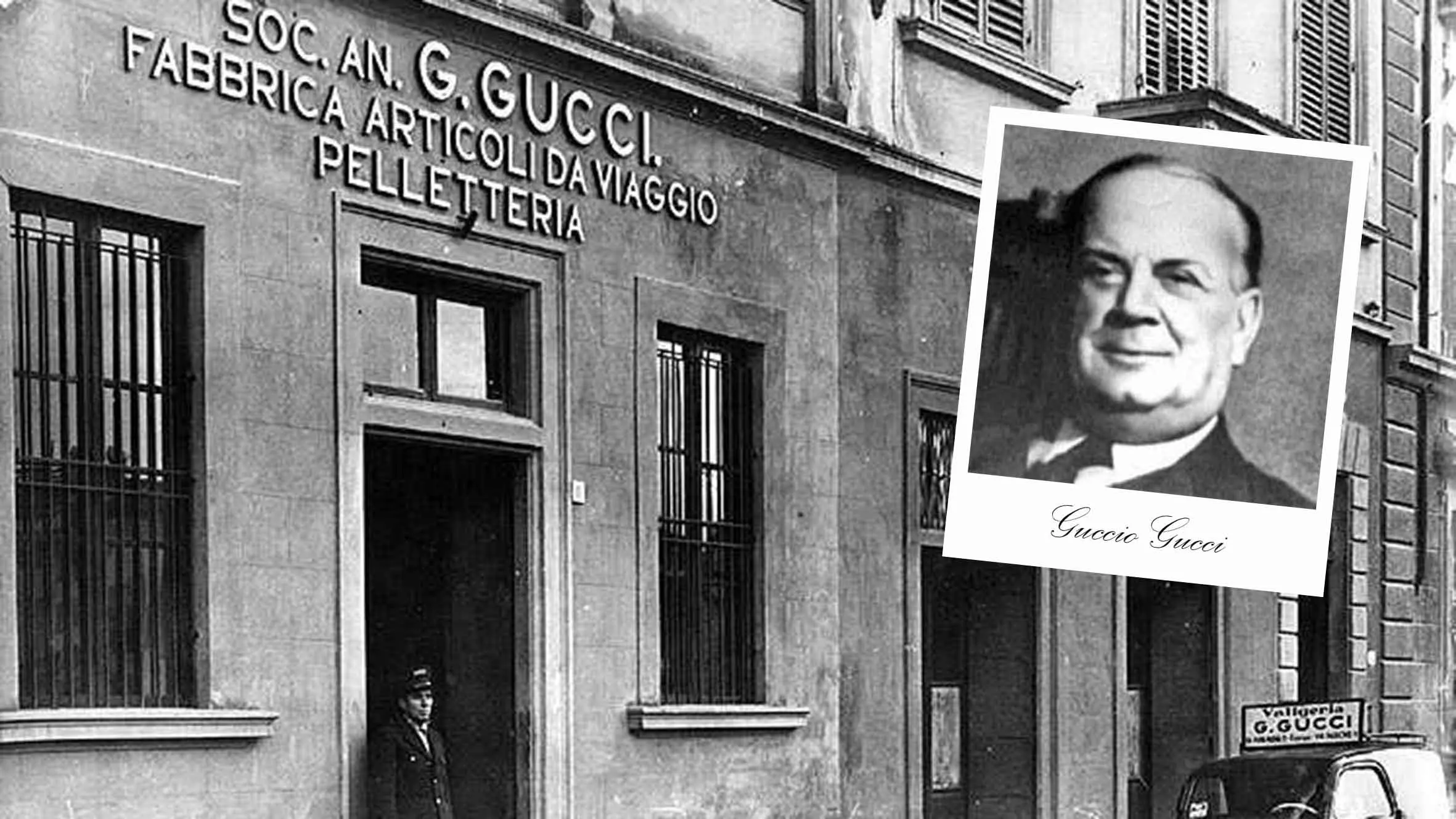
Designers therefore see the luxury brand as the epitome of excellence, while customers want to show off its products.
Ridley Scott's highly anticipated House of Gucci will be released Nov. 24, 2021. The film revolves around the murder of Maurizio Gucci, the former head of the brand, at the behest of his wife Patrizia Reggiani. While Adam Driver plays Maurizio, Patrizia's role is played by singer-songwriter-actress Lady Gaga.
With the trailer making headlines for its depiction of perfect dresses, jewelry and more, many are calling House of Gucci an Oscar hopeful. The buzz surrounding the film has brought the focus back to the history of Gucci, which has a number of stories that inspire, captivate and perhaps even shock. Concerned about the controversies, members of the Gucci family appealed to director Ridley Scott to respect their feelings. In April of this year, Patrizia Gucci, a second cousin of Maurizio, told the Associated Press that the makers were "stealing a family's identity to make a profit." "We can talk about anything. but there is a line that cannot be crossed," she added. Whatever the fate of the film will be, the history of Gucci is certainly worth knowing.
Establishment of Gucci and its early years
Like all famous brands, Gucci's story begins with the vision of its founder - Guccio Gucci.

In 1921, Guccio left Franzi to found his eponymous brand and opened the first Gucci store in Via della Vigna Nuova in Florence and launched another in Via del Parione.
In the company's early years, Guccio sold leather products to the wealthiest in Italy. Although making luggage was naturally part of his brand, he also made saddles for horses from the finest Italian leather. In fact, many of Gucci's modern designs are inspired by the early equestrian equipment it made.
As fame grew, the upper class of England began to take notice of the Gucci brand. Among the many things Gucci subsequently added to its portfolio were silk products, leather shoes and handbags.
World War II - beginning of an era
In 1935, the League of Nations, a forerunner of the United Nations established after World War I, imposed sanctions on the Kingdom of Italy to force it to abandon the war against the Empire of Ethiopia.
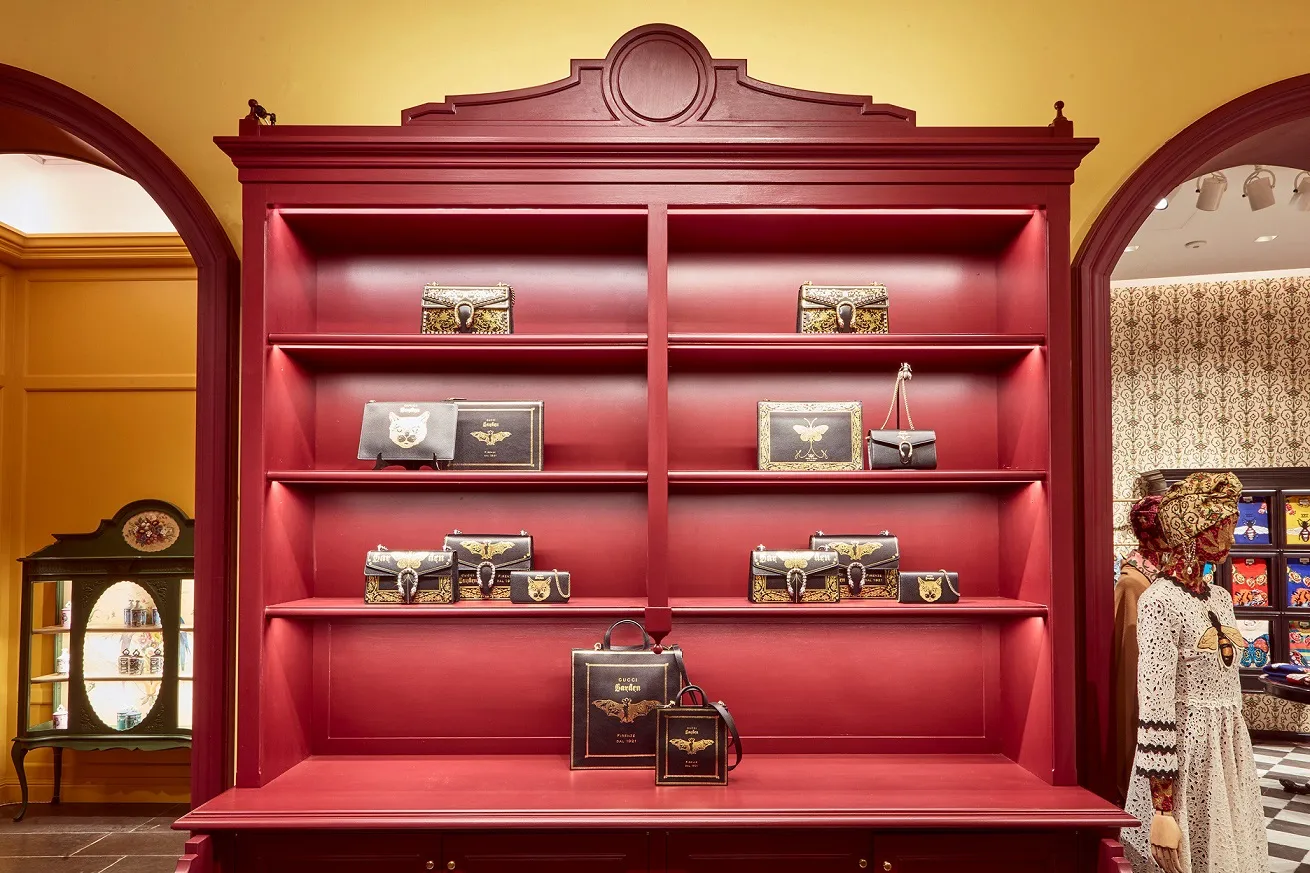
The print Gucci created consisted of a series of small, interconnected diamonds on a dark background. It became Gucci's first signature design, used in its highly successful range of suitcases.
In 1938, a year before the start of World War II, three of Guccio's sons - Aldo, Vasco and Rodolfo - joined their father in the business, where his adopted son, Ugo, also played a key role.
Gucci opened a store in Rome's Via Condotti the same year. The company would expand its presence around the world in later years.
The war was a critical time for the Florentine brand. Italy was in turmoil, as was most of Europe. Despite hardships, Gucci created unique products with alternatives to materials that were not available.
The postwar years
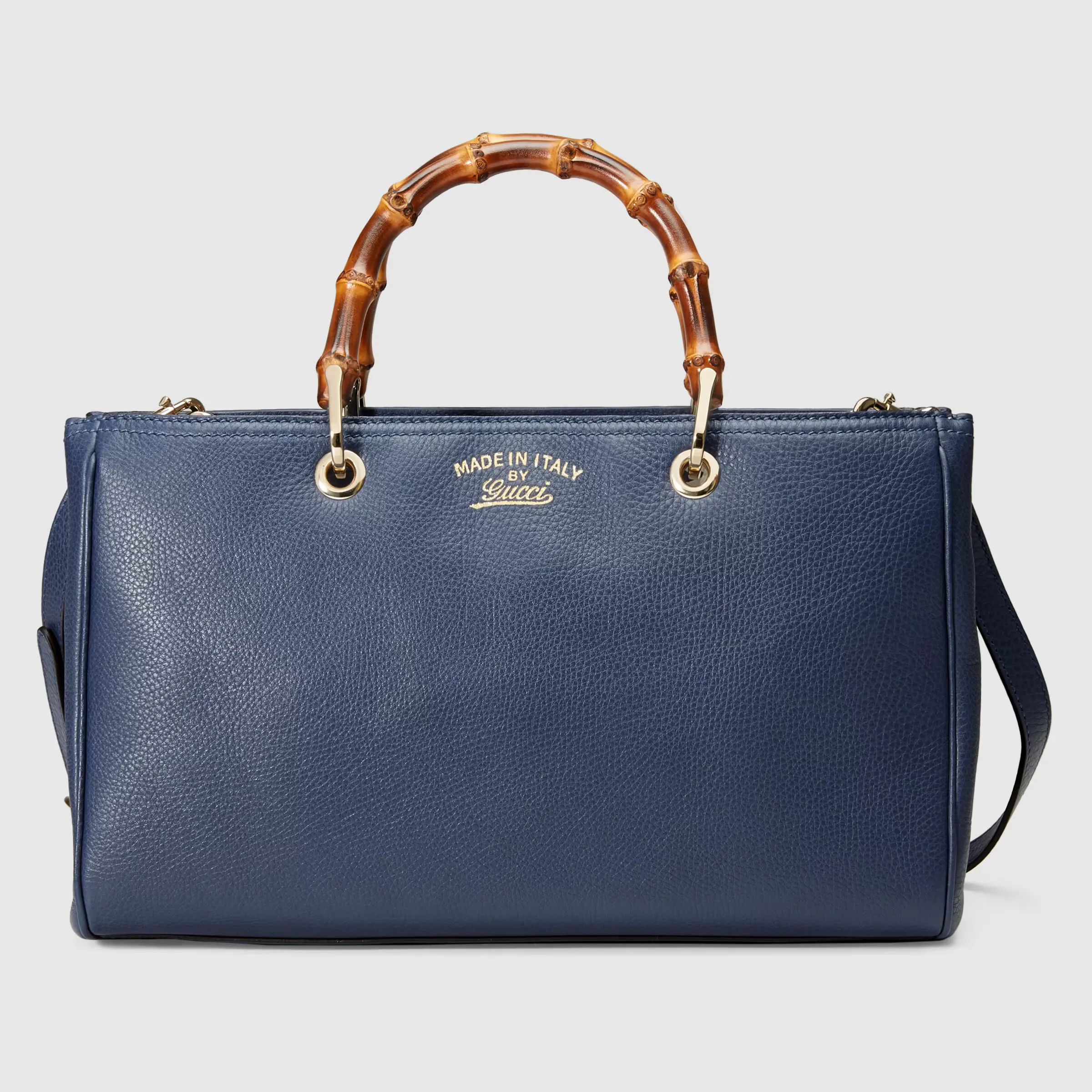
It was also in the postwar years that Gucci began using pigskin, a house material introduced by Aldo Gucci, to make bags.
By 1951, Gucci adopted its colors: the famous green-and-red Gucci stripe. In the same year, Rodolfo Gucci opened the brand's first store in Milan on Via Montenapoleone.
Two years later, Gucci opened its first store in the U.S. - at the Savoy Plaza Hotel on East 58th Street in New York. Because Guccio worked here as a doorman, the store had emotional significance for the brand.
But just 15 days after the store opened, Guccio died in Milan at the age of 72. The business passed to his sons. While Aldo took over the operations in the U.S., Vasco handled the Florentine business while Rodolfo managed the business from Milan.
It was also in 1953 that the luxury brand created its iconic Gucci loafer with the metal bit used to ride a horse. One of the most famous earlier products featuring the horsebit are men's loafers.

The 1950s marked the beginning of Gucci's golden era. Its presence in the U.S. drew the who's who of the film world to Gucci. Stars like Elizabeth Taylor were photographed wearing Gucci's bamboo bag, which Peter Sellers was also a fan of.
In the swinging '60s
Gucci's popularity continued to grow in the 1960s, with more and more from the wealthy class becoming customers.
Among them was Jackie Kennedy, who famously carried a Gucci purse in 1961. It instantly turned the purse into an indispensable Gucci product. The wallet's popularity led to it later being renamed and relaunched as "Jackie.
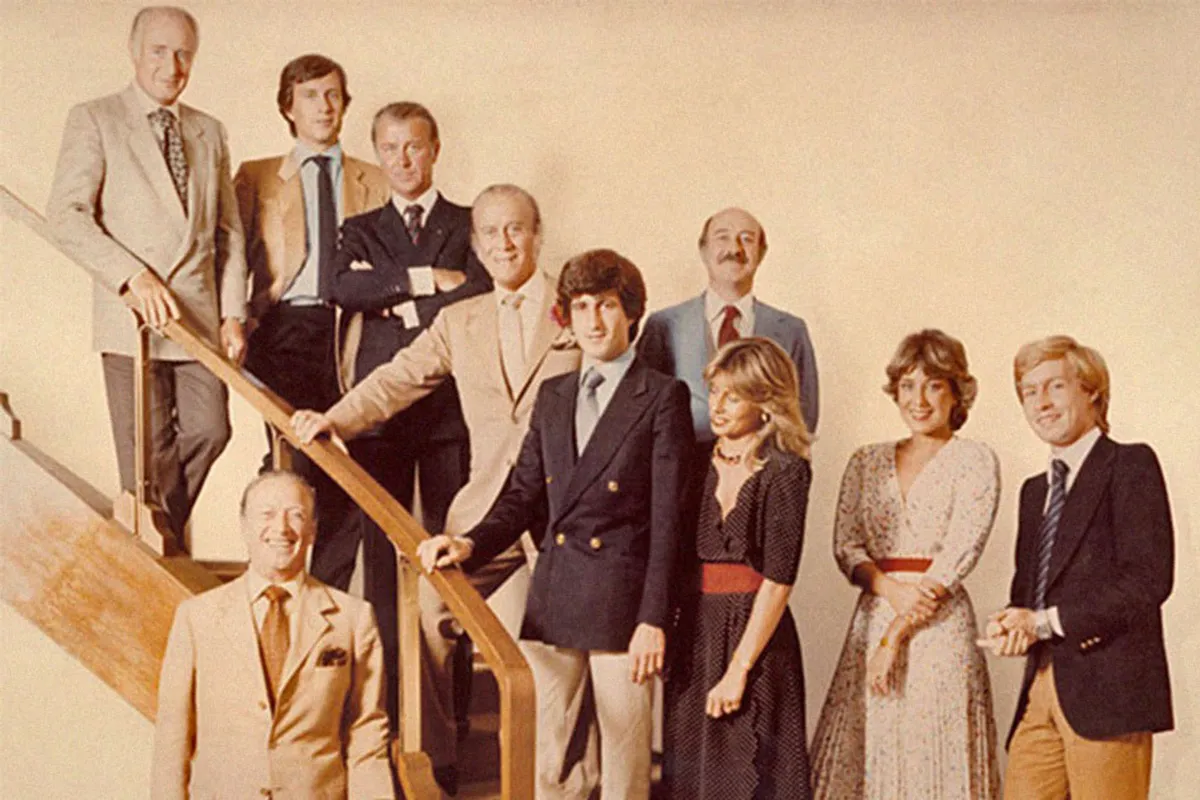
Designed by artist Vittorio Accornero, the scarf was printed with 43 different types of flowers, insects and plants in 37 colors. It became known as Flora and is one of the most beautiful designs in Gucci's history.
Among the other prominent women who have worn Gucci products since the 1960s are Audrey Hepburn, Nancy Reagan, Princess Diana, Queen Frederica of Greece, Queen Rania of Jordan, Carla Bruni-Sarkozy and Michelle Obama.
The expansion of the leather and fashion brand continued into the 1960s. In 1961, Gucci opened its stores in Palm Beach (USA) and London. Two years later came a store in Paris and another in Beverly Hills in 1968. Meanwhile, Gucci also moved its New York store to Fifth Avenue next to The St. Regis Hotel.
As Gucci stores continued to open around the world, the house also continued to expand its product range. Thus, around the mid-1960s, items such as watches, jewelry and eyewear were added to the range. All of these remain among the most sought-after products to this day.
The 1970s and 1980s
Aldo Gucci led the company on expansion drives, this time in the East. Stores were opened in Tokyo and Hong Kong in 1972 and 1974, respectively, while a new one was launched in New York for Gucci's clothing line. In 1975, the luxury brand launched Gucci No. 1, the first perfume that marked the company's entry into the lucrative beauty market.
The first ready-to-wear Gucci fashion show was held at Sala Bianca, Palazzo Pitti in Florence, Italy, in 1981. Inspired by the Flora pattern, the show was a huge success and cemented the brand's reputation as a symbol of prestige and upper crust. However, amid the rising fame of its products, Gucci was in turmoil caused by a murderous feud between Gucci family members.
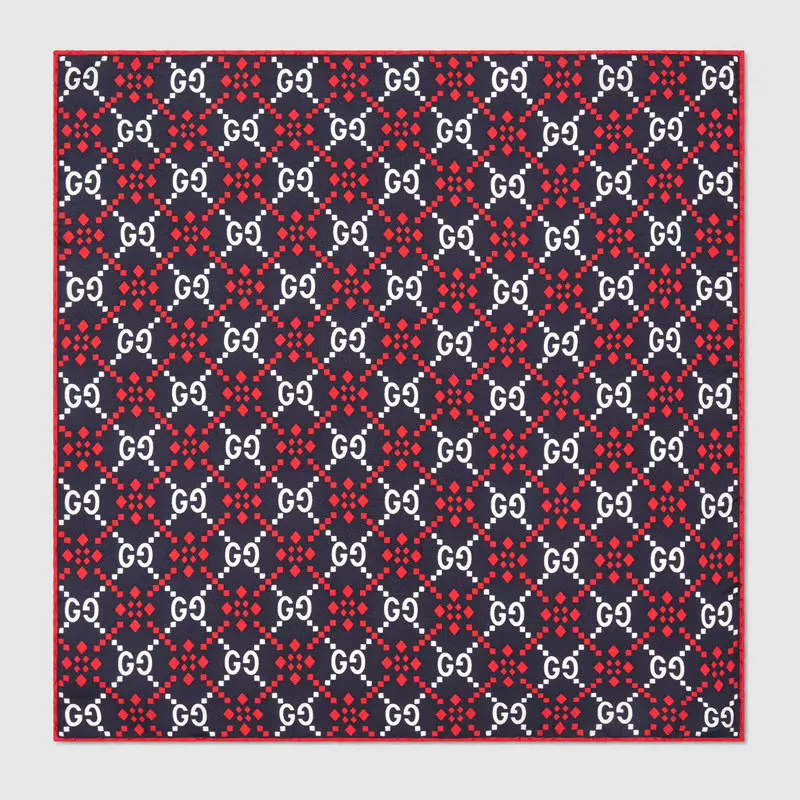
But Aldo's sons felt that their uncle, Rodolfo, was not doing his part to grow the company. Aldo then set up a perfume company as a subsidiary of Gucci and kept 80 percent of his share with himself and his sons. But this only compounded the problems in the family.
Paolo, one of Aldo's sons who served as vice president of Gucci, rebelled and decided to create his own Gucci brand. An angry Aldo stepped into court against his son, threatening suppliers not to deal with Paolo.
A furious Paolo, who was expelled from the company in 1980, filed a $13.3 million lawsuit in 1982, accusing his father, Uncle Rodolfo, brothers Giorgio and Roberto and nephew Maurizio of mistreatment during a board meeting. He also informed authorities of his father's tax evasion, which eventually led to Aldo being jailed in 1986, albeit for a year, after pleading guilty to evading more than $7 million in taxes. The Italian fashion house was in ruins internally.
Meanwhile, Rodolfo died in 1983 and Maurizio inherited his share of the stock. Maurizio then began an attempt to take control of the entire Gucci company. Maurizio was accused by his uncle and cousins of forging Rodolfo's signature and fled to Switzerland. He was convicted in absentia for evading taxes, but was later acquitted of all charges.
In 1988, Aldo and his sons' stake in the company was bought by Bahrain-based Investcorp. Maurizio then took control of the Gucci group as chairman in 1989 with the nod from Investcorp.
But by the time Maurizio took control, the company had become a bloated mess, largely because Aldo had decided to allow the licensing of the Gucci brand name by just about anyone.
Gucci needed a desperate revival strategy to avoid becoming history. So Dawn Mello, president of Bergdorf Goodman, was appointed creative director of Gucci. She brought with her Richard Lambertson, Neil Barrett and Tom Ford, the latter of whom would write the phoenix-like rise of Gucci in the 1990s. Mello, on the other hand, did not last long, returning to Bergdorf Goodman in 1994.
Murder in the family
Rodolfo was a film actor before World War II. His screen name was Maurizio D'Ancora. He married Alessandra Leverkusen, a German actress known by her screen name Sandra Ravel. Maurizio, born in 1948, was the couple's only child. Alessandra died when Maurizio was five and so Rodolfo became overprotective of him.
Maurizio married Patrizia Reggiani, a wealthy Milanese woman, in 1972 against his father's wishes. Both were 24 at the time. In a 2016 interview with The Guardian, Patrizia claimed that they met at a party and Maurizio "fell madly in love" with her.
The couple lived the high life, throwing lavish parties and going on luxurious vacations with their two daughters. According to Patrizia, she advised Maurizio on business matters, but when the latter inherited his father's share, he no longer followed her advice. Amid mounting tensions with his cousins, Maurizio walked out of the marriage and the two divorced in 1990. Maurizio could not run the company, however, and in 1993 Investcorp gained full control of the company, ending the Gucci family's stake in the business.
In her book The House of Gucci: A Sensational Story of Murder, Madness, Glamour and Greed, journalist Sara Gay Forden quoted Patrizia as saying: "I pushed him so hard that he became president of Gucci. I was sociable; he didn't like sociability. I was always outside; he was always in the house. I was the representative of Maurizio Gucci, and that was enough. He was like a child, a thing called Gucci that had to be washed and dressed."
On March 27, 1995, Maurizio was shot dead on the steps of his office in Milan. He was 46. For the next two years, no one had any idea who shot Maurizio. One day the Italian police received a tip about Patrizia's involvement and set a trap. Phones were tapped, evidence gathered and police arrested Patrizia, her friend Pina Auriemma and three others, including the hitman. All five were found guilty of Maurizio's murder.
Before his murder, Maurizio planned to marry a woman named Paolo Franchi. In court, Auriemma revealed that Patrizia disliked losing her status, money and power to Franchi once he became Maurizio's wife. The marriage would have meant that Patrizia's alimony from Maurizio would have been halved to US$860,000 - an amount that Patrizia said was "a bowl of lentils."
Patrizia had paid $300,000 to Auriemma, but claimed it was not for murder. But out of her intense hatred for Maurizio, she told the judge, "He wasn't worth a lira anymore." She was sentenced to 29 years in prison, which was later reduced by three years. Patrizia, however, was released after serving 18 years in 2016.
The 1990s and beyond
It was the 1990s and the Gucci brand was coming back from the brink of bankruptcy. The now legendary Tom Ford became creative director of Gucci in 1994. The following year, he launched his first Gucci collection with resounding success. Within months, Gucci was back at the wheel of the high-end luxury fashion and accessories market. Several Hollywood celebrities began wearing their dresses both on and off the red carpet.
In 1995, Domenico De Sole, head of Gucci America, became CEO of the group. Sole destroyed what Aldo had done in licensing to return the brand to its niche image. Sole also tried to ensure that Gucci would not fall into the hands of Bernard Arnault's LVMH Moët Hennessy. Eventually, François Pinault of Pinault Printemps Redoute (PPR) became the majority shareholder. In 2013, PPR was renamed Kering. Gucci remains part of Kering to this day.
With Ford and Sole, the brand confirmed its place as one of the elite's top brands, with a rapidly growing clientele of rich and famous. The "Jackie" bag was relaunched in a new avatar, and it too drew the fascination of everyone - from designers to customers. In 2004, Tom Ford presented his last collection for Gucci before leaving the company with Sole. But Gucci had little to worry about. Sole had hired Fendi's brilliant handbag designer Frida Giannini in the company's accessories department in 2002. After serving briefly as creative director of accessories, Giannini became head of ready-to-wear design for both men and women in 2006.

As Gucci conquered the fragrance market, Gucci continued to expand its empire with flagship stores in Tokyo's Ginza district, the Landmark Hong Kong, Trump Tower on Fifth Avenue in New York, a pop-up store in New York and had its store in Rome renovated and reopened . It also made its foray into the Indian retail market.
Modern times
Gucci launched the New Bamboo in 2010, a more contemporary version of the Bamboo bag and a sportier look. In the same year, the company opened its Paragon store in Singapore, where Giannini had a hybrid orchid, Paravanda Frida, named after her. The Creative Director left the company in 2014 in an abrupt decision that came a month after the departure of the group's president and CEO, Patrizio di Marco. Former Bottega Veneta CEO Marco Bizzarri was appointed to succeed Di Marco.
In 2015, Bizzarri chose Alessandro Michele as the new creative director. Michele had worked with Gucci for 12 years before being elevated to the lead role. 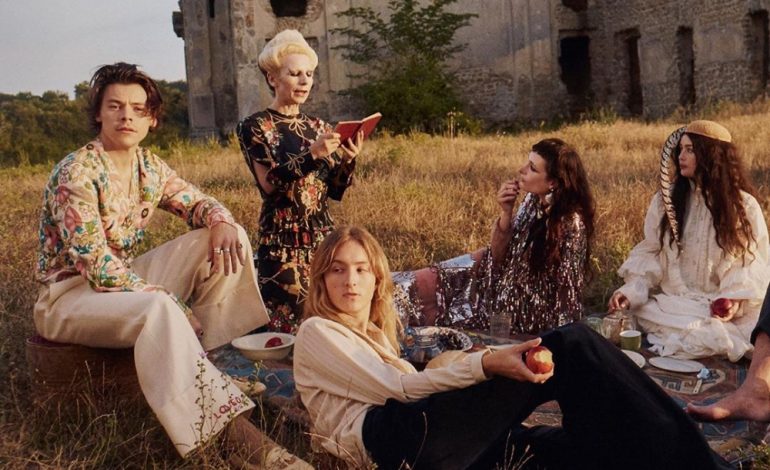
However, he silenced critics with the launch of Gucci's men's fall 2015 within a week of Giannini's departure.
Michele has since made a rapid climb to the top of the fashion world. He has not only helped Gucci remain at the forefront of design, fashion, luxury and style, but also attracted younger customers to the brand and increased Gucci's profits.
Michele reintroduced the GG logo as a central design on products, including loafers. Innovations, such as hand-painted logo bags and fur-lined slippers, were created under his supervision.
The brand also introduced in 2019 its first unisex fragrance, Mémoire d'Une Odeur, under the mentorship of its creative director. In the same year, the company announced that it had become fully carbon-neutral and pledged its support for forest protection projects around the world.
The following year, Michele declared that the label will hold only two fashion shows instead of five a year.
On Gucci's 100th anniversary in 2021, Michele unveiled the 'Aria' collection in collaboration with Balenciaga.
For the collection, he took inspiration from Gucci's most iconic products and designs, including Flora print, Bamboo bag, equestrian-inspired pieces and Tom Ford's classics.
You can find the official website of the fashion house Gucci here:
Gucci website Netherlands
Thierry Stravers is co-owner of Masonic Store.
He likes to combine his passion for style and elegance with his Masonic activities.
Thierry is the owner of Trenicaa marketing agency and is a board member of Loge Enlightenment No.313 O: Hoofddorp.
Thierry studied business administration (Utrecht), philosophy (UvA Amsterdam) and sociology (University of Edinburgh).


